In this modern-day Philippines, the Filipino people are so diverse in terms of origin and culture. There are actually more than 185 ethnolinguistic groups in the Philippines, each with its own language, identity, and history. Our history is so vast that they interwind with each other and span over centuries. However, perhaps one of the oldest groups of people who lived in the country and still is right now are the Lumads.
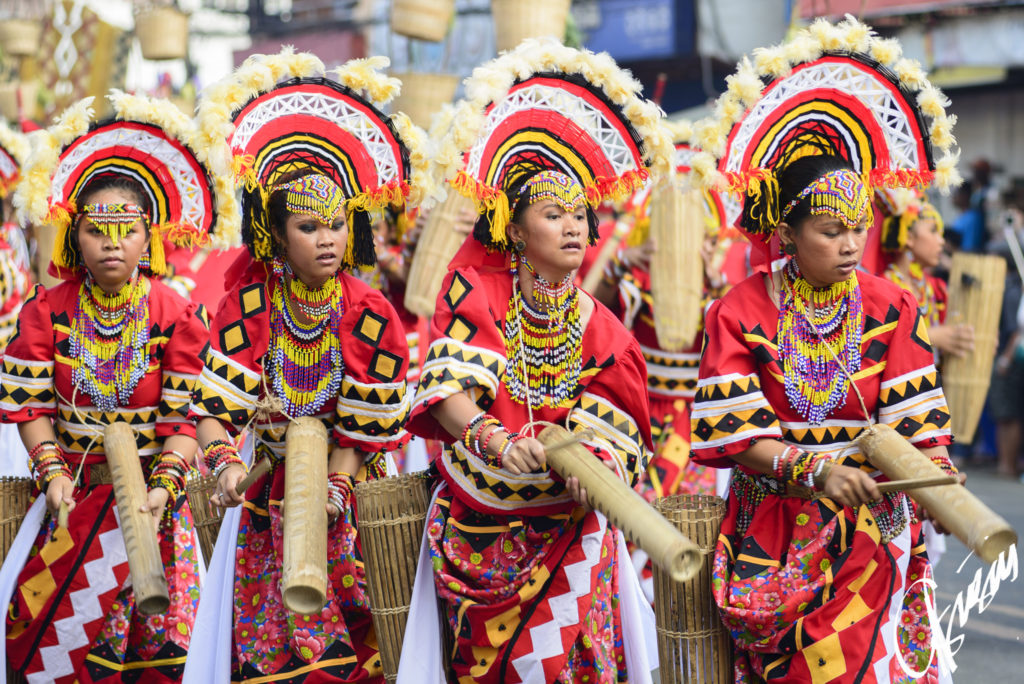
The term “lumad” means “native” in Cebuano, and true to its name the Lumads refer to the natives of Mindanao. They are the natives who have not been converted to the religions which came here such as Christianity and Islam. There are a lot of lumad tribes and the exact number of how many there are is a bit foggy. Some sources say there are 13 major tribes while others state that there are 18. Let us understand them better so that we can appreciate their rich culture and history.
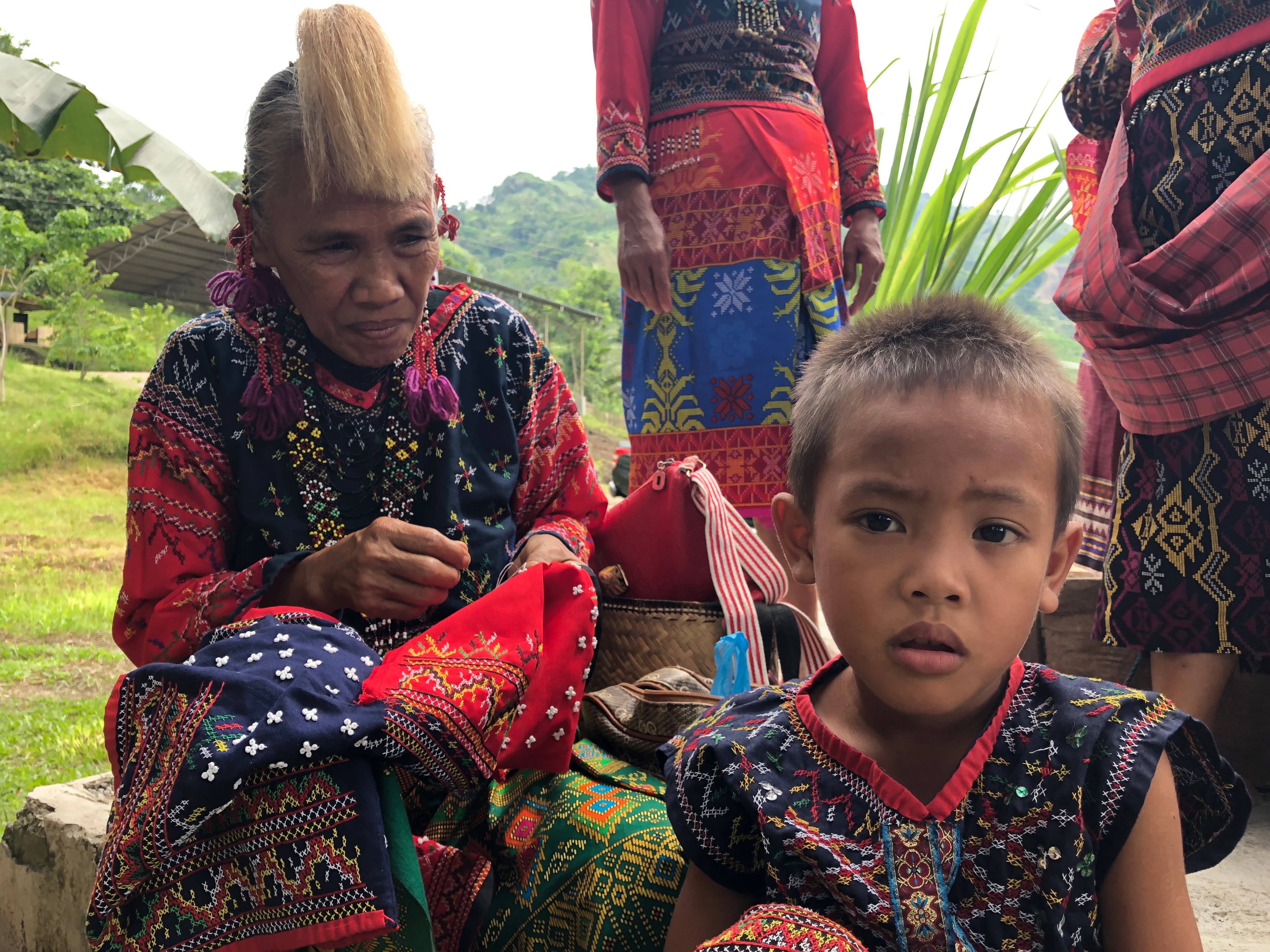
Blaan tribe having a conversation
- Bagobo: one of the largest subgroups of the Manobo people. Their territory extends from the Davao Gulf to Mt. Apo.
- Blaan: concentrated in Davao del Sur and South Cotabato. They practice indigenous rituals while adapting modernity.
- Bukidnon: one of the seven tribes in the Bukidnon plateau of Mindanao. Their name means ‘that of the mountains or highlands’.
- Higaonon: located in many provinces such as Bukidnon, Agusan del Sur, Misamis Oriental, etc. Their name means “people of the coastal plains that ascended to the mountains”.
- Kalagan: native to areas within Davao del Sur, Compostela Valley, Davao del Norte, Davao Oriental, and North Cotabato. Their name means “spirited/brave people”.
- Mamanwa: a Negrito tribe coming from Leyte, Agusan del Norte, and Surigao provinces in Mindanao. Their name means “first forest dwellers”.
- Mandaya: situated in Compostela and New Bataan in Compostela Valley. Their name means “the first people upstream”.
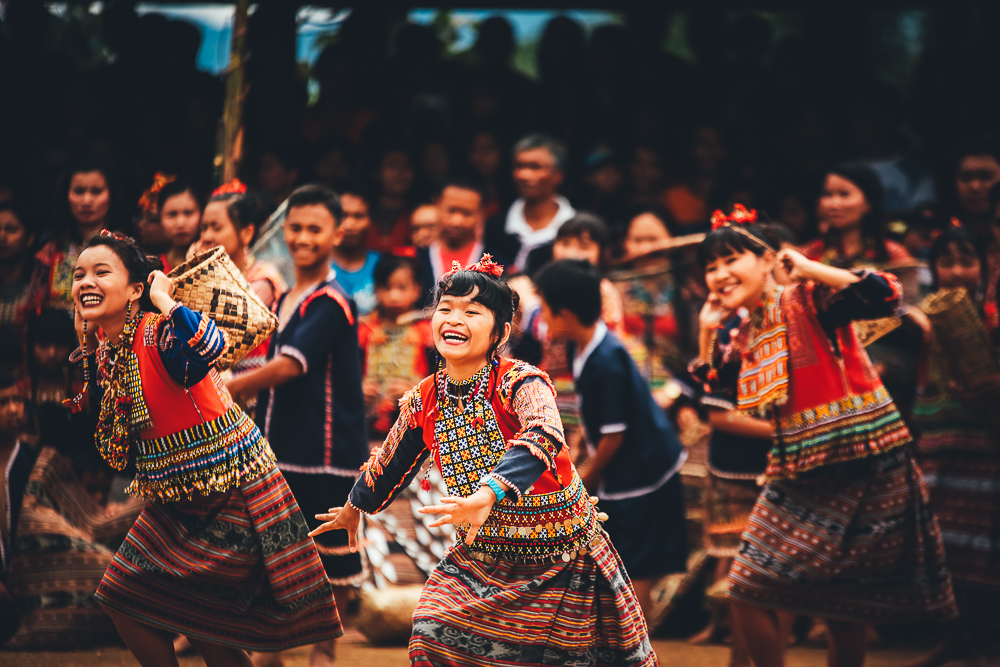
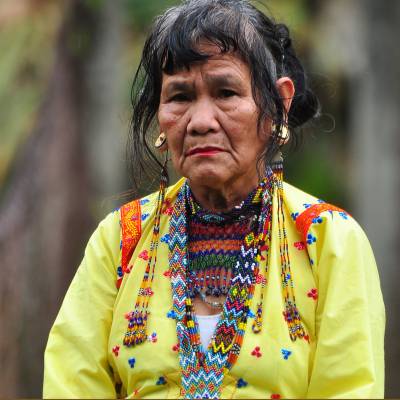
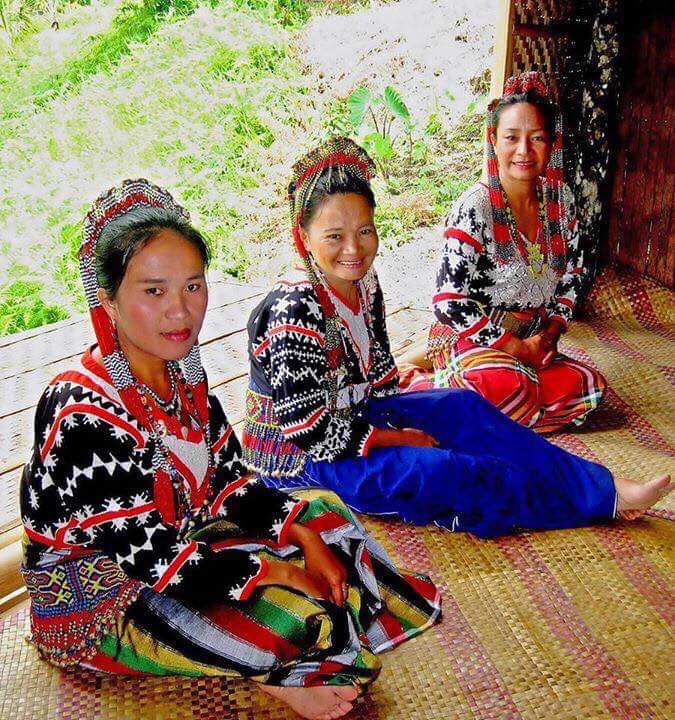
Above: Mandaya tribe celebrating their culture; below: the Mansaka tribe of Compostela Valley
- Manobo: occupies core areas from Sarangani island into the Mindanao mainland in regions such as Agusan, Davao, Bukidnon, etc. They are considered as probably the most diverse ethnic groups of the Philippines.
- Mansaka: situated today in Davao del Norte, Davao de Oro, some parts of Davao Oriental, etc. Their name means “the first people to ascend mountains/upstream.”
- Subanon: the first settlers of the Zamboanga peninsula. They were originally in Misamis Occidental’s principal city but were forced to retreat deeper into the interior due to pirates.
- Tagakaulo: their traditional territories are in Davao Del Sur and the Sarangani Province. Their name means “living in the mountain”.
- Talaandig: originally from the foothills of Mount Kitanglad in Bukidnon, specifically in the municipalities of Talakag and Lantapan.
- Tiruray: lives in the municipalities of Datu Blah T. Sinsuat, Upi, and South Upi in southwestern Maguindanao Province. Their main source of food and income depends on whether they are coastal or in the mountains.
- T’boli: some say they are located in vicinity of the Buluan Lake in the Cotabato Basin. Not much is known about them in terms of culture, location, and identity.
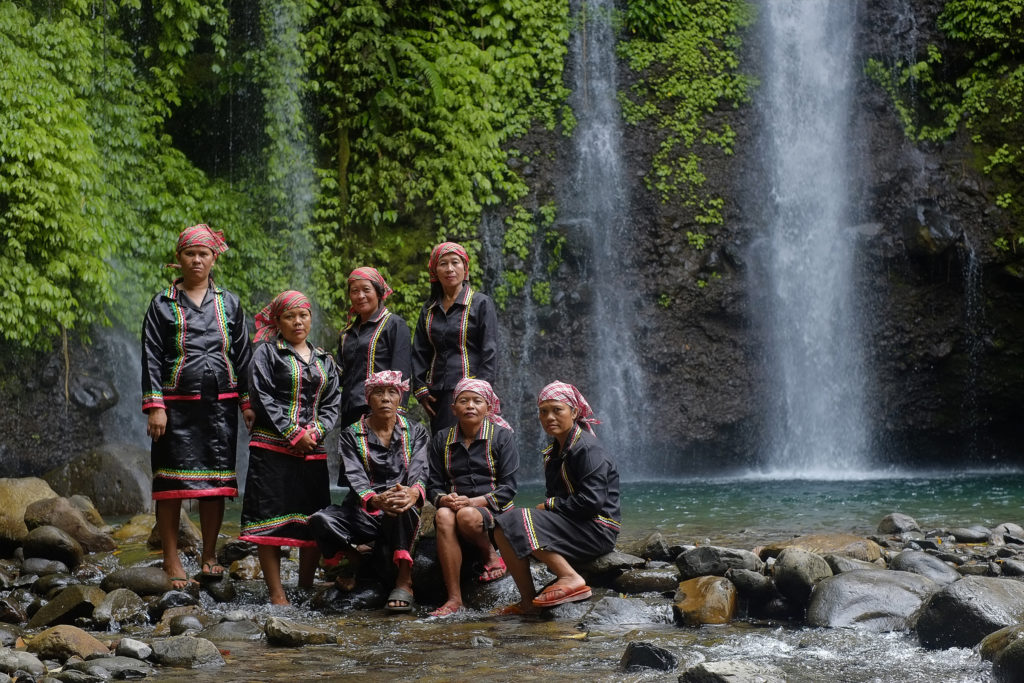
Subanon people posing in front of a waterfall


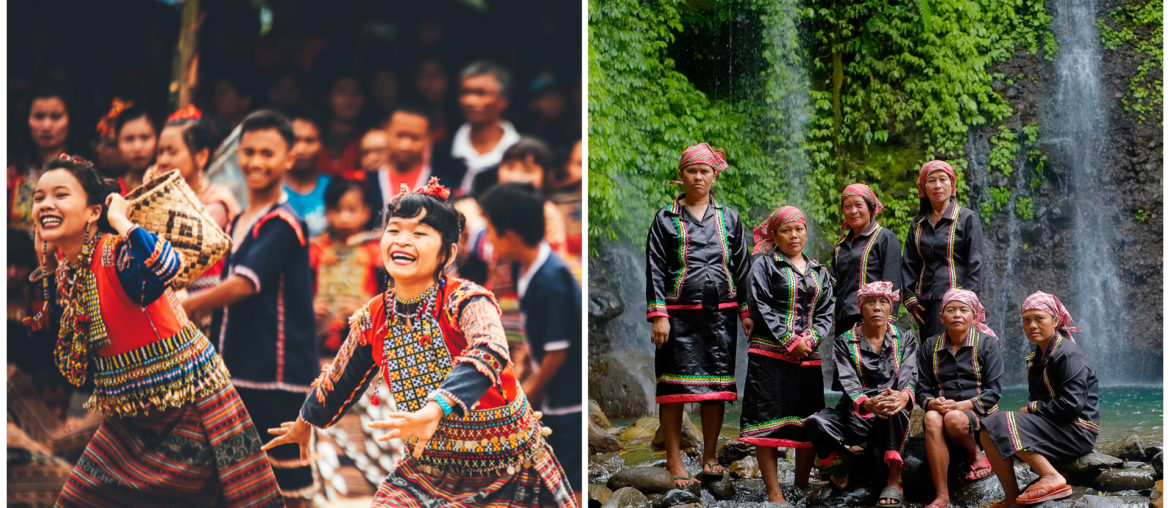
Comments are closed.